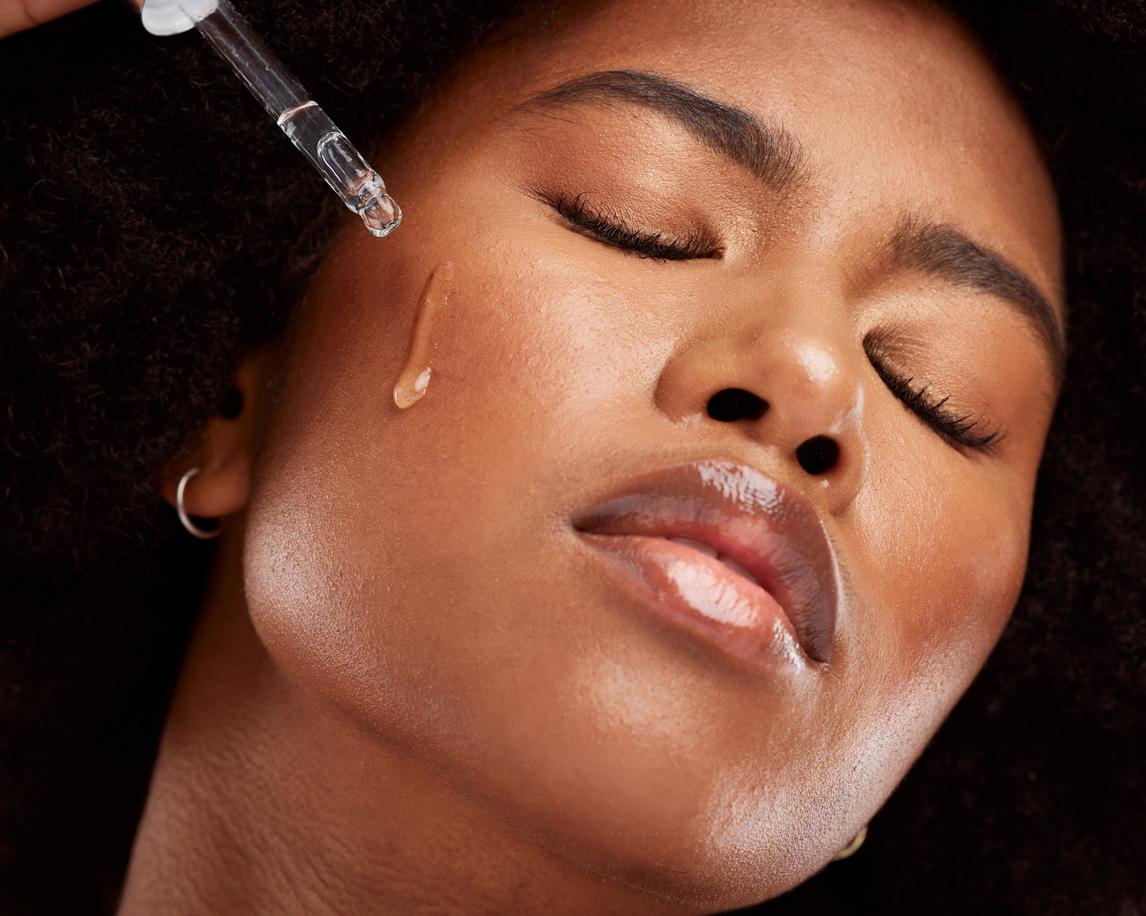Dermatologist Antoine Petit warns about products still widely used to lighten the skin.

- Having lighter skin is still valued aesthetically and socially in many cultures.
- “The techniques used are often dangerous for the health of the skin and for health in general, which explains the importance of the subject for dermatologists,” warns Doctor Antoine Petit.
- Products used to lighten the skin have many side effects, including eczema, burns, hypertension, diabetes and even neurological disorders.
The term “voluntary depigmentation”, used since the 1960s, refers to the fact that individuals try to lighten the color of their skin when it is normal. “The techniques used are often dangerous for the health of the skin and for health in general, which explains the importance of the subject for dermatologists,” explains Doctor Antoine Petit, dermatologist in Paris.
Having lighter skin is still valued aesthetically and socially in many cultures. “Voluntary depigmentation is universal and practiced by people with more or less dark skin on all continents. Both sexes are represented, although with a large female predominance that varies depending on the region,” continues the specialist.
Dermocorticoids, hydroquinone: products that cause diabetes, eczema and hypertension
Different products are used around the world to lighten the skin at all costs. The first category is represented by topical corticosteroids diverted from their medical use. “Complications linked to corticosteroid therapy appear after a period of time which varies depending on the person. These may include hypertension, diabetes, infections, bone complications with osteoporosis, eye complications with risk of cataracts , etc..”, alerts Doctor Antoine Petit.
The second type of products used in the context of voluntary depigmentation concerns hydroquinone derivatives. “Hydroquinone can cause different side effects, ranging from simple irritation to eczema or exogenous ochronosis [pigmentation bleu-noir de la peau et des muqueuses, ndlr]“, adds the expert.
Mercury, dishwashing liquid, toothpaste, cement: they cause neurological disorders and burns
The third category of depigmenting products includes heavy metals like mercury. “Mercurial poisoning varies in severity depending on the people and the quantities used. It can, in rare cases, be the cause of serious central or peripheral neurological manifestations. A recent case has also been described in France : the baby of a woman using mercury-based depigmenting products presented serious neurological disorders. Nephrotic syndromes linked to these mercury-based products have also been described”, develops the doctor.
Fourth category of substances used for depigmentation: products from the domestic environment such as dishwashing liquid, toothpaste, relaxer, or even battery acid or cement, etc. “This practice can cause severe side effects, in particular burns sometimes associated with serious infections,” reports Antoine Petit.
The fifth category of products consumed to lighten the skin is made up of cosmetics that are not very effective but safe, used legally and available in pharmacies. “They are based on vitamin C, local retinoids, niacinamide, alpha-hydroxy acids, etc. They are often more expensive and have less depigmenting effect than illicit products,” concludes the dermatologist.















